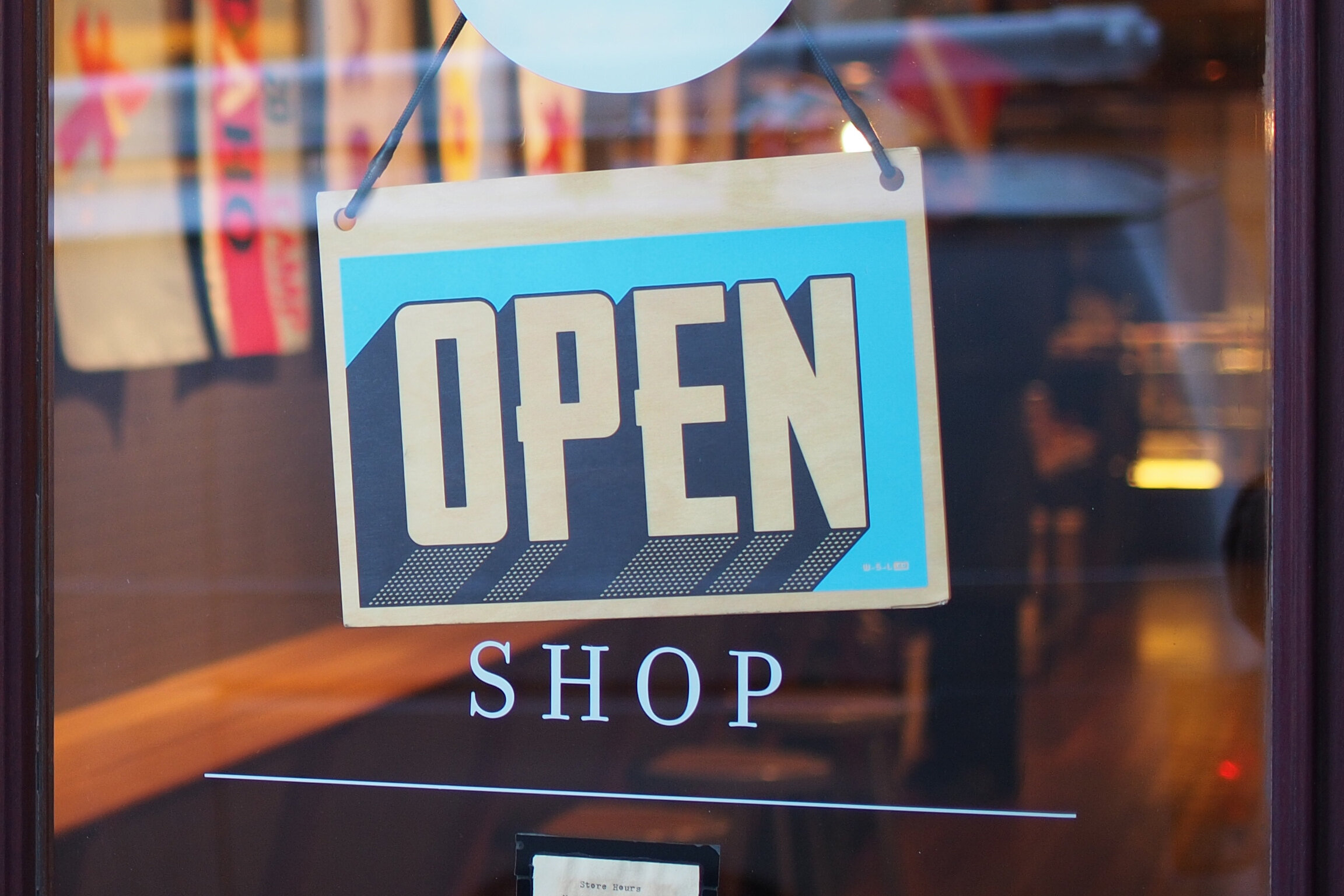

Photo by Charlotte Coneybeer on Unsplash
Early in the pandemic, analysts were keen to declare the end of brick-and-mortar retail. Already on the brink, mall retailers and free-standing storefronts were suddenly dealt the death blow of lockdowns and reduced consumer demand. Online had, in a few months, routed even long-established storefronts. Direct-to-consumer (DTC) brands had long embraced digital-first sales. Now the rest would follow. The war was won.
Or was it? The smartest retailers had long argued that digital was not enough, and the lessening of pandemic restrictions made clear that there was another side to this story.
As customer acquisition costs (CAC) like advertising and rent exploded in the past decade, online and on-premises retail marketers struggled to contain costs. Research indicated that CAC had risen over 60% since 2015, forcing marketers to find the ideal balance between distinct acquisition channels. Too much invested in social media advertising meant higher CAC at a lower return; too much in retail space and the website took a hit.
“Be where your customers are” has become the order of the day. Marketers are increasingly adept at understanding the omnichannel space, encompassing web, social media, mobile, voice (think Alexa), and brick-and-mortar. And it pays: a Harvard Business Review study found that omnichannel retailers were more successful in many metrics than their single-channel competitors, with customers spending “an average of 4% more on every shopping occasion in the store and 10% more online than single-channel customers”. (According to an ICSC study, when a digital brand opens a new store, the overall web traffic to that retailer’s site increases by an average 37%.)
Not surprisingly, the pandemic has introduced a few surprises many may not have foreseen. “Buy online, pick up in store” has increased dramatically, as has a newfound desire to engage – however fleetingly – with another human. “Blended” omnichannel, Fast Company suggests, is the natural evolution, allowing a consumer in the shop to order an out-of-stock item for delivery, a customer to pay for gasoline for their car with Alexa, or even a consumer at home to view a ring on their finger using their AR-enabled cell phone.
A brick-and-mortar storefront is a big investment, of course. Many ecommerce brands move from Shopify to a pop-up inside established brands like Nordstrom or Browns first. And some, like Allbirds and Warby Parker, are establishing “DTC storefronts” to ensure future growth before they even become profitable. How do you know when it’s time to move into your own brick-and-mortar space?
Check out our next post, “How to know when to expand IRL”, to learn the signs.
Ten articles before and after
Is it time to expand from digital to IRL? | CHURINGA HANDMADE JEWELRY
Why design + manufacturing? | CHURINGA HANDMADE JEWELRY
A little romance to boost post-holiday sales | CHURINGA HANDMADE JEWELRY
Colored gemstones | CHURINGA HANDMADE JEWELRY
The new world of fashion NFTs | CHURINGA HANDMADE JEWELRY
The Insider | CHURINGA HANDMADE JEWELRY
Here’s Everything You Should Know About 585 Gold | CHURINGA JEWELRY POST
Price, Weight, and Strength: Exploring the Pros and Cons of Palladium | CHURINGA JEWELRY POST
A History of Beauty: Everything You Should Know About Marcasite Jewelr | CHURINGA JEWELRY POST
The Most Popular White & Clear Gemstones: 17 Stones You'll Never Forge | CHURINGA JEWELRY POST